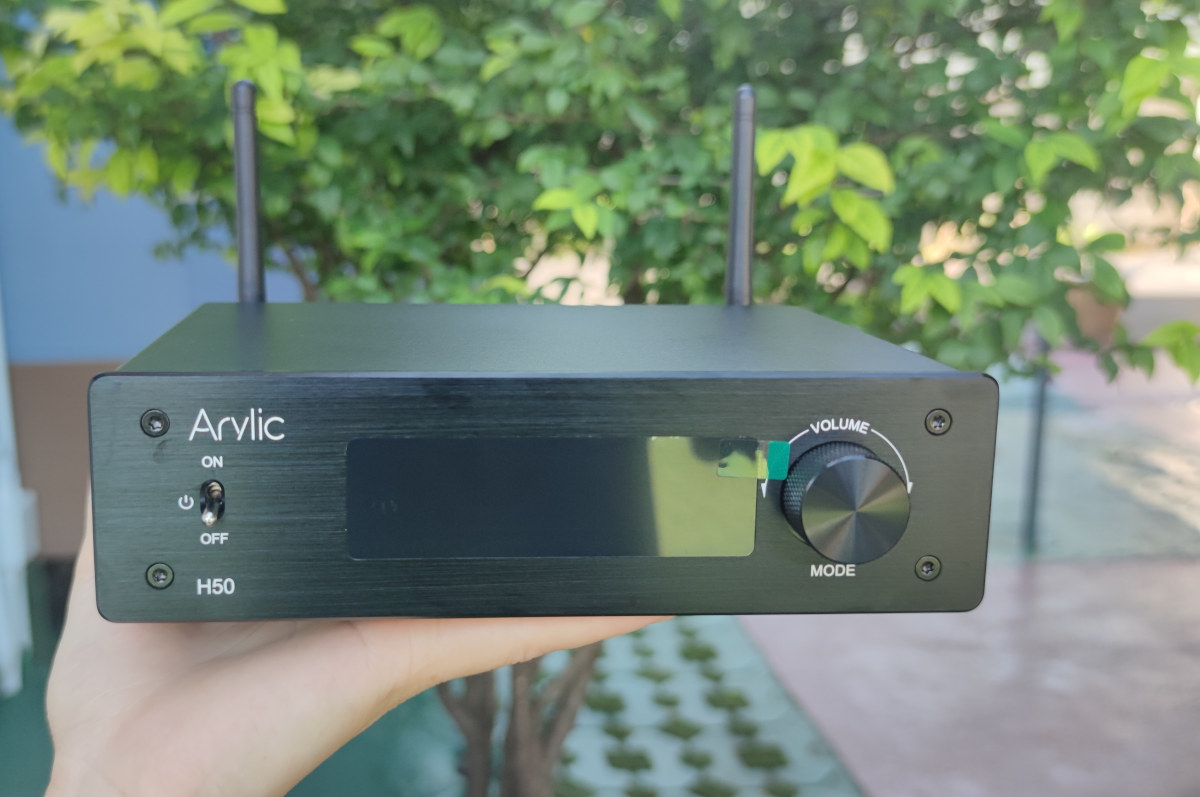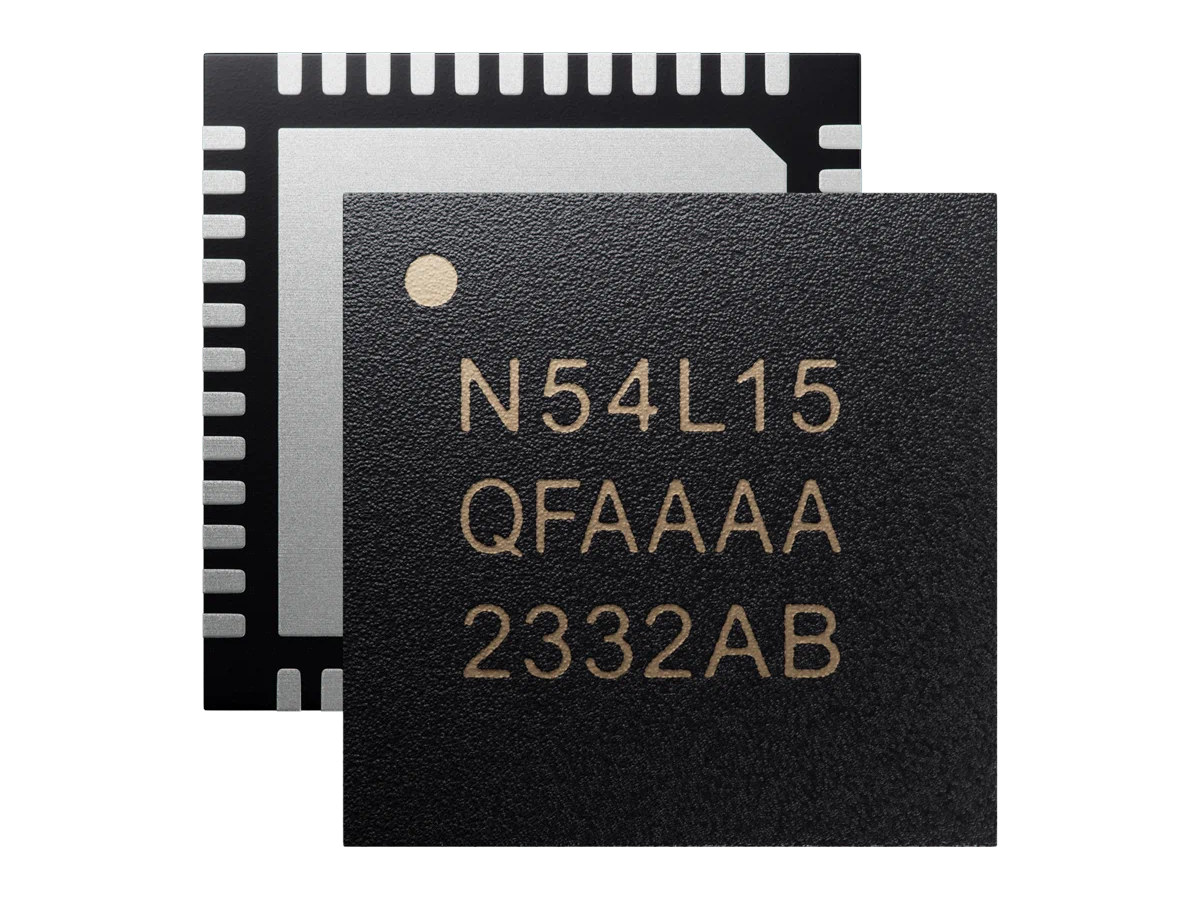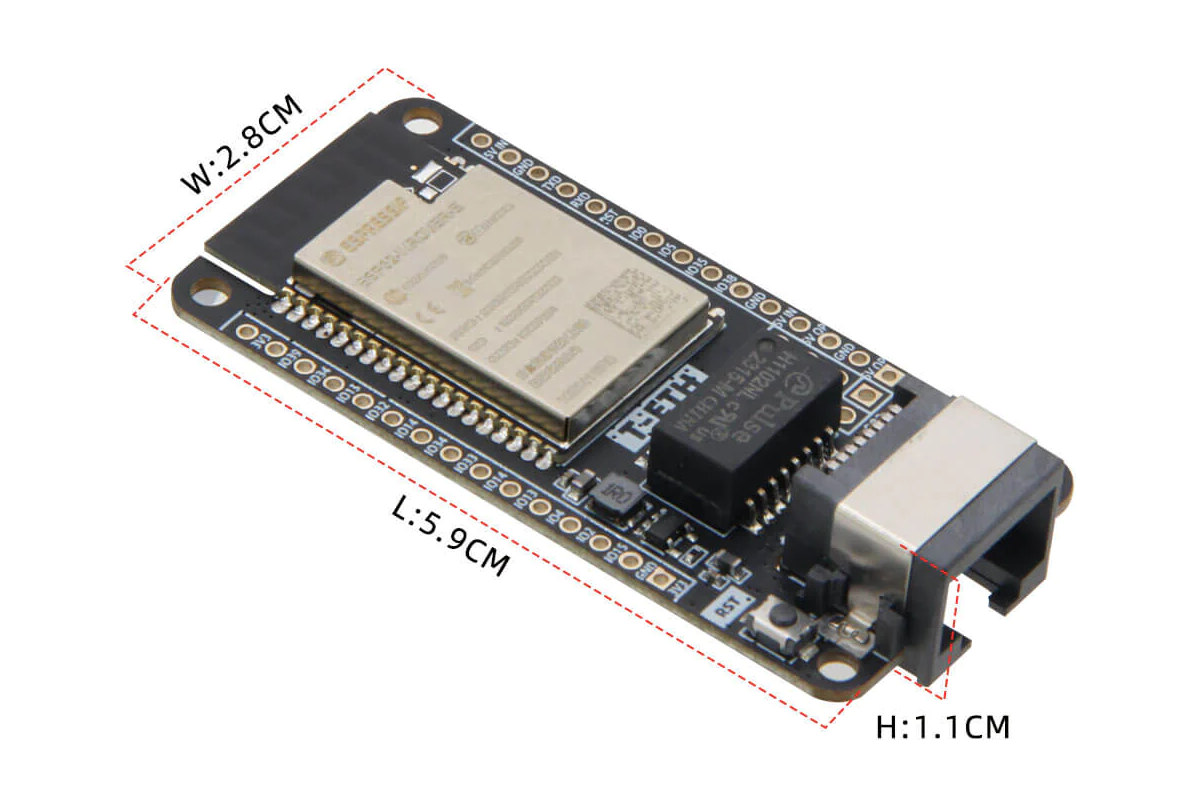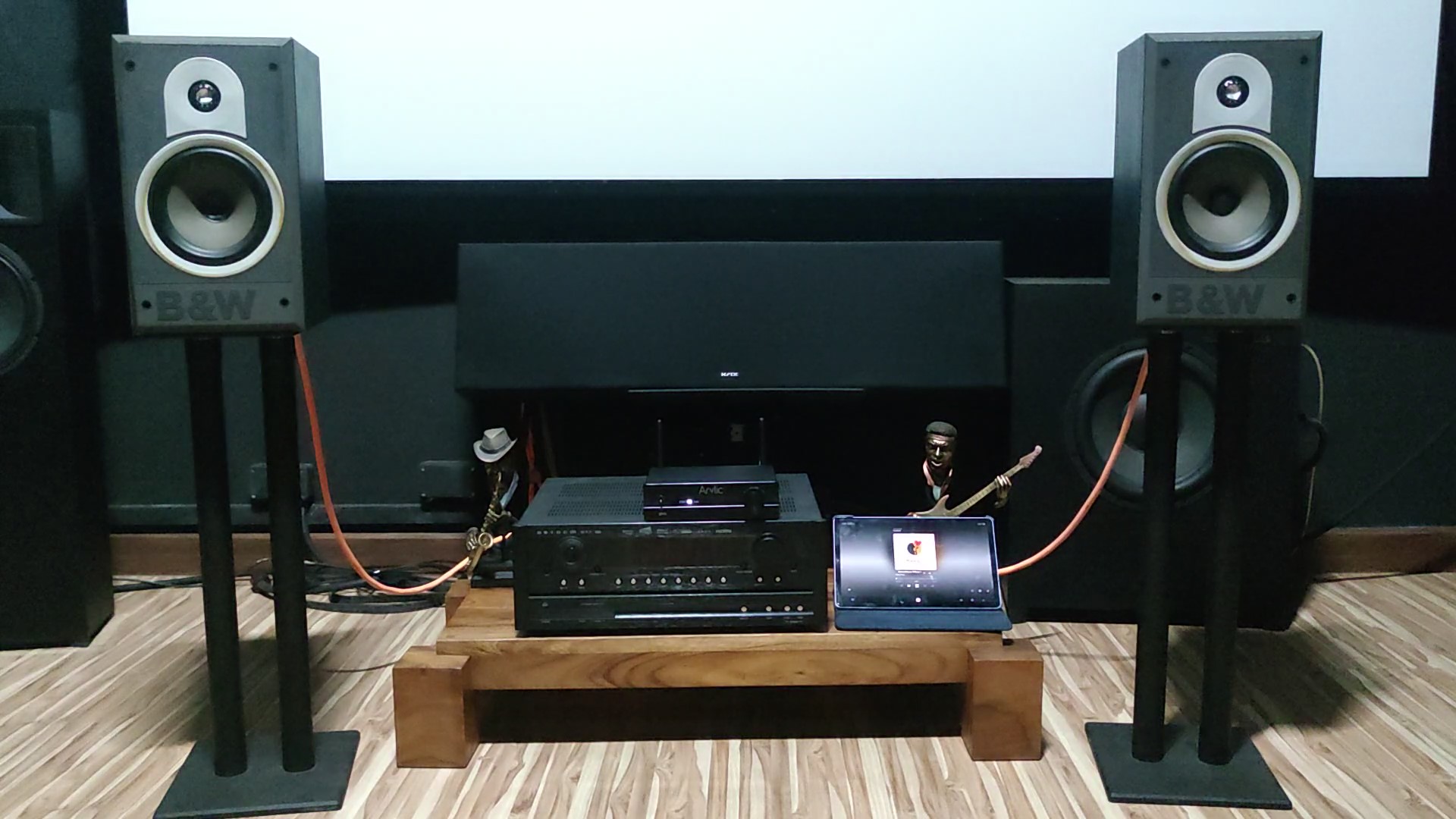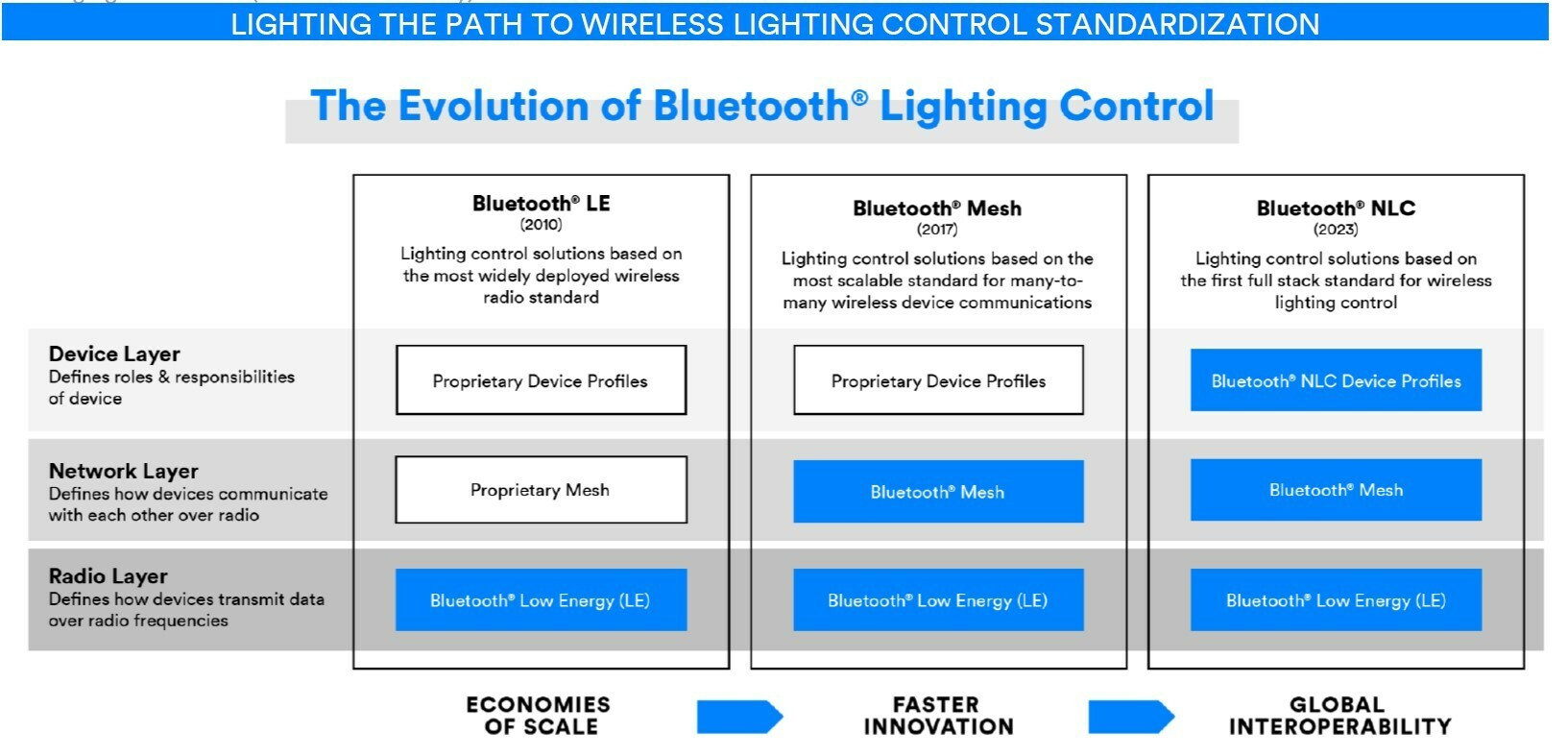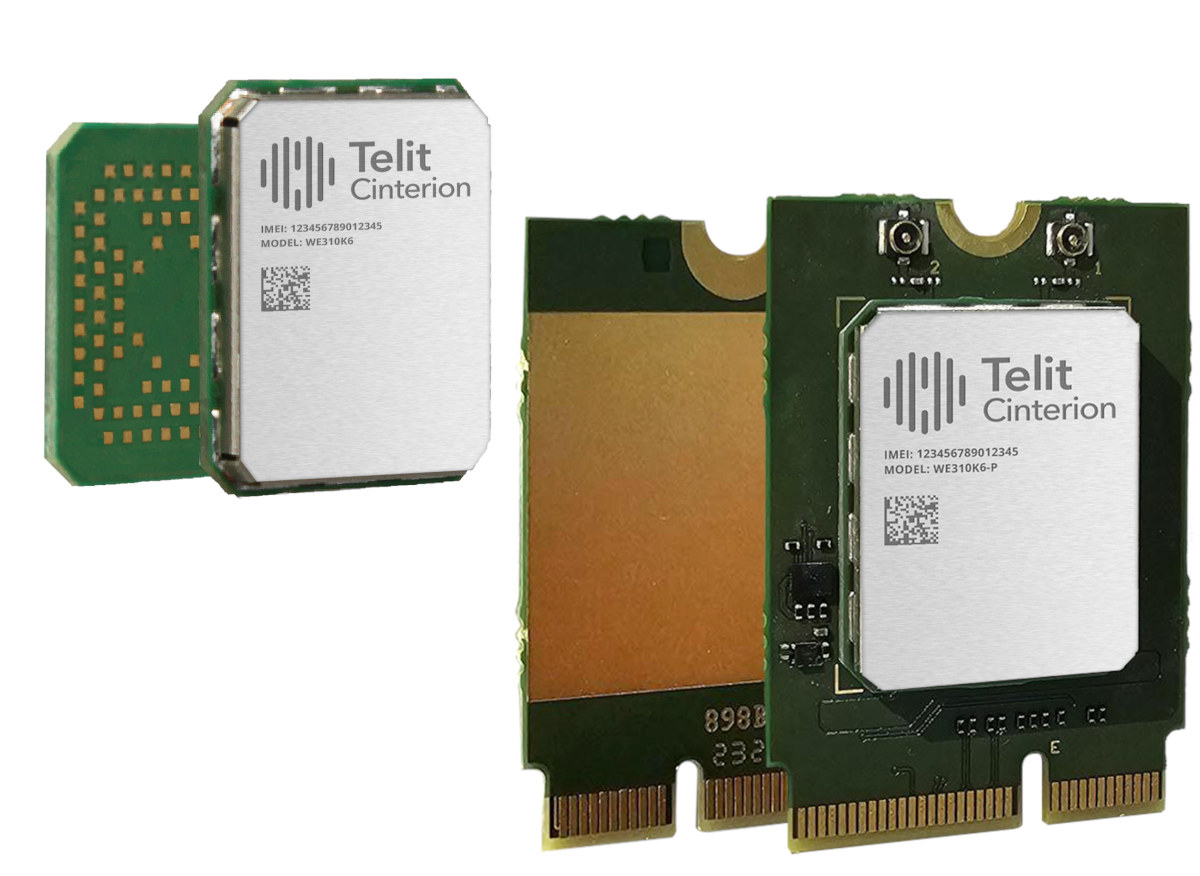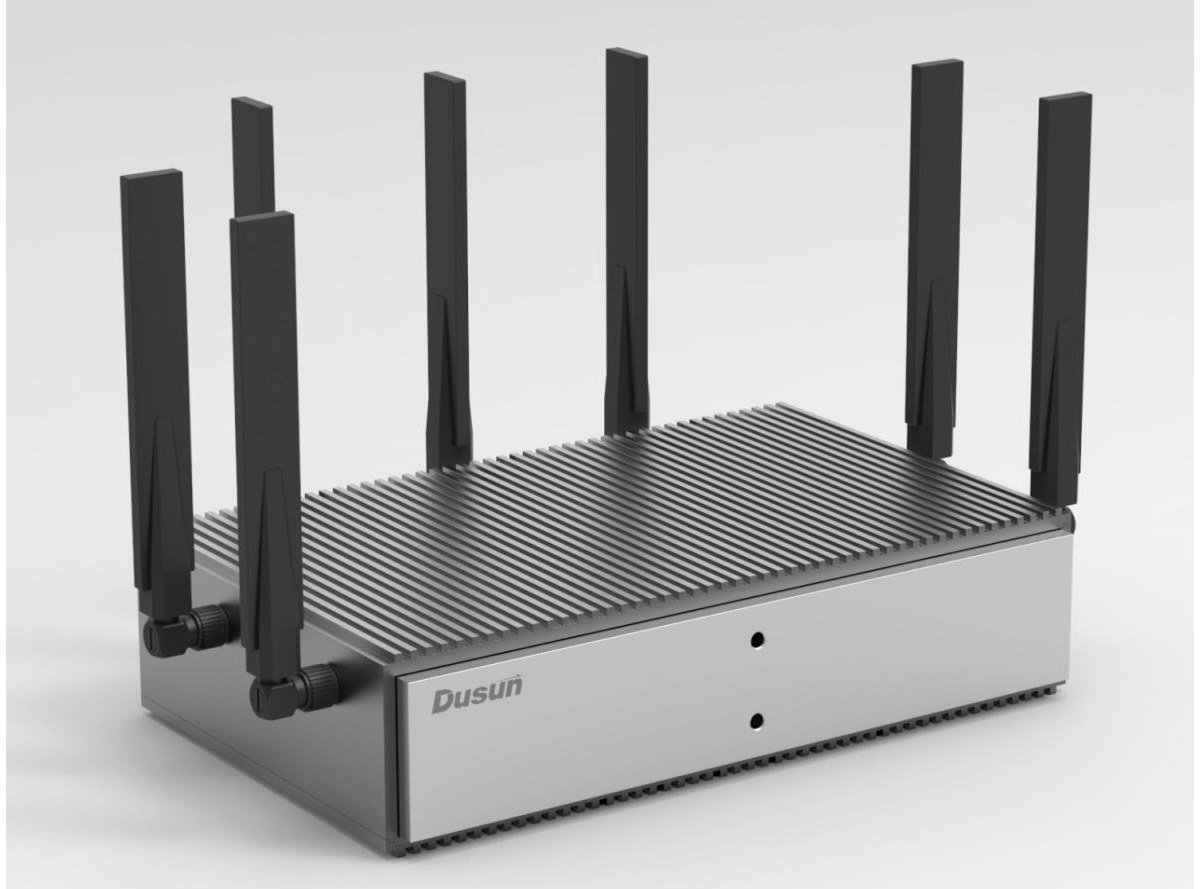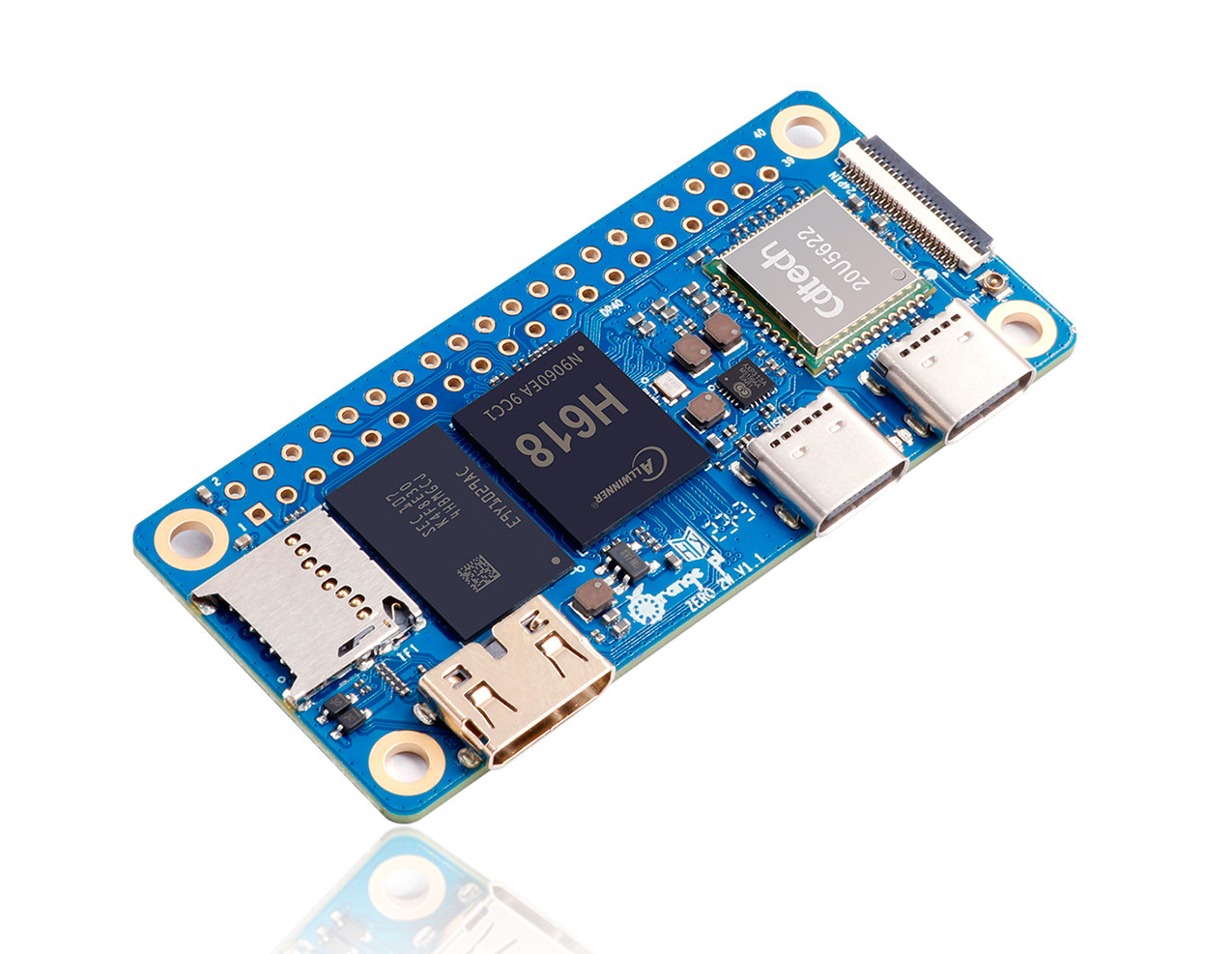We’ve recently completed the review of the Arylic BP50 Bluetooth preamplifier where we tested the audio quality while streaming audio from the TIDAL Music app. But RAKOIT also sent us the Arylic H50 wireless stereo amplifier for review, and we’ll report on our experience with that device today using the TIDAL Music app again. The H50 is an audio streaming player with a digital-to-analog (DAC) converter chip and a built-in power amplifier. It supports wireless networks such as WiFi and Bluetooth and plenty of wired connections namely analog RCA line In, analog RCA phono In, digital optical in, Subwoofer out, RJ45 LAN port, HDMI ARC, USB Type-A Host, and USB Type-C. To use the Arylic H50, simply connect the output signal cable to stereo speakers (passive speaker) with 50 watts of output power on each side, allowing you to stream music from various services through the 4STREAM app or Spotify, […]
Nordic nRF54L15 Cortex-M33 wireless MCU halves Rx power consumption over nRF52 chips
Nordic Semiconductor has recently unveiled the 128 MHz nRF54L15 Cortex-M33 multi-protocol wireless microcontroller, the first from the nRF54L Series, and the second from the wider nRF54 family after the more powerful 320 MHz nRF54H20 dual-core Cortex-M33 MCU was introduced last Spring. While the nRF54H20 was designed to enable new types of IoT devices with a leap in performance and lots of resources with up to 2 MB flash and 1MB SRAM, the new nRF54L15 aims to be an upgrade to the nRF52 series with twice the performance and much better power efficiency, with for instance, half the Rx power consumption over its predecessor. Nordic Semi nRF54L15 key features and specifications: CPU Arm Cortex-M33 @ up to 128 MHz with up to 1.5 MB Flash + 256 KB SRAM RISC-V coprocessor for “software-defined peripheral” Wireless Bluetooth 5.4 LE with direction-finding, Bluetooth mesh, etc… Ready for future Bluetooth releases 802.15.4 radio for […]
LILYGO T-ETH-Lite – An ESP32-S3 board with Ethernet, optional PoE support
LILYGO T-ETH-Lite ESP32-S3 is a new ESP32-S3 WiFi and Bluetooth development board with a low-profile Ethernet RJ45 connector using a WIZnet W5500 Ethernet controller, supporting PoE with an extra shield, and also equipped with a microSD card socket and expansion I/Os. ESP32-based development boards with Ethernet have been around for years including LILYGO’s own “TTGO T-Lite W5500“, but so far we haven’t many based on the more recent ESP32-S3 microcontroller except for the SB Components’ ESPi board that we covered last April. But LILYGO T-ETH-Lite ESP32-S3 adds another cost-effective board with Ethernet. LILYGO T-ETH-Lite ESP32-S3 specifications: Wireless module ESP32-S3-WROOM-1 MCU – ESP32-S3 dual-core LX7 microprocessor @ up to 240 MHz with Vector extension for machine learning Memory – 8MB PSRAM Storage – 16MB SPI flash Connectivity – WiFi 4 and Bluetooth 5 with LE/Mesh PCB antenna Storage – MicroSD card slot Connectivity 802.11 b/g/n WiFi 4 up to 150 Mbps and […]
Review of Arylic BP50 Bluetooth 5.2 preamplifier with TIDAL Music
Arylic has sent us a sample of their low-cost BP50 Bluetooth 5.2 preamplifier for review. It features an ESS Saber ES9023P DAC chip and Qualcomm QCC3040 Bluetooth chip with support for aptX, aptX HD (High Definition), aptX LL (Low Latency), and aptX AD (Adaptive). It offers many input-output connections such as phono preamp MM/MC, optical, Line-in, subwoofer output, and HDMI ARC. You can find the full details about the specifications in the aforelinked announcement. Arylic BP50 unboxing Let’s start our review with an unboxing. Our package came with the following items: Arylic BP50 Bluetooth 5.2 preamplifier A 12V/1A power supply 2x Bluetooth antennas (3dBi) A remote Control A user manual As a reminder, here are the ports on the back of the preamplifier as shown in a stock image from the company. Test setup For this review, we’ve connected the Arylic BP50 Bluetooth preamplifier’s Line-Out port to the CD Audio […]
Bluetooth NLC (Networked Lighting Control) fully standardizes Bluetooth light bulbs
Bluetooth NLC (Networked Lighting Control) is a full-stack standard for wireless lighting control from the Bluetooth SIG that will enable multi-vendor interoperability, improve ease of deployment, and offer greater scalability. Bluetooth light bulbs have been around for many years, at first using Bluetooth LE (Radio Layer) and then adding Bluetooth Mesh (Network Layer) to the mix, but there were always some proprietary bits to the software stack, and Bluetooth NLC removes all those with a complete standard for lighting control that further adds Device Profiles specific to his use case. Bluetooth NLC still relies on Bluetooth Low Energy and Bluetooth Mesh, but adds the following NLC Device Profiles at the Device Layer defining the requirements for a range of devices/features: Ambient Light Sensor Basic Lightness Controller Basic Scene Selector Dimming Control Energy Monitor Occupancy Sensor You’ll find the specifications for each profile on the Bluetooth website. While the announcement was […]
Realtek RTL8852BE based WiFi 6 and Bluetooth 5.2 module targets Smart Home, industrial and healthcare applications
Telit Cinterion WE310K6-P is a dual-band Wi-Fi 6 and Bluetooth 5.2 based on the Realtek RTL8852BE wireless controller and designed to be integrated into connected devices for Smart Home, medical, industrial, and smart city applications. The WE310K6-P wireless is available in either LGA or M.2 module form factors and can operate in the -40°C to +85°C temperature range which should make it suitable for a wide range of Linux devices. Telit Cinterion WE310K6-P specifications: Wireless chipset – Realtek RTL8852BE Wi-Fi WiFi 6 802.11 a/b/g/n/ac/ax (2.4GHz, 5GHz) with 20MHz, 40MHz, or 80MHz bandwidth Dual-stream spatial multiplexing up to 1201 Mbps data rate Tx output – 19 dBm @ 2.4 GHz, 18 dBm @ 5 GHz Wi-Fi 802.11 e, h, k, i support Security features such as WPA3 and integrated crypto hardware Bluetooth Version 5.2 Dual mode with Bluetooth 2.1 Classic Bluetooth Low Energy up to 2 Mbps Bluetooth LE Audio (CIS) […]
Rockchip RK3588 AIoT gateway supports WiFi 6, 5G, RS232, RS485, LoRaWAN, BLE, and Ethernet
Dusun DSGW-380, also called Dusun Pi 5, is an industrial AIoT gateway powered by the Rockchip RK3588 octa-core processor with a 6 TOPS AI accelerator and supporting a wide range of connectivity options. The gateway comes with 8GB LPDDR4 memory, and up to 128GB eMMC flash, and operates in a wide -25 to +75°C temperature range. It supports dual gigabit Ethernet, RS232, and R485 wired connectivity and various wireless protocols including WiFi 6, Bluetooth LE, 5G, and LoRaWAN. Dusun DSGW-380 specifications: SoC – Rockchip RK3588 octa-core processor with CPU – 4x Cortex‑A76 cores @ up to 2.4 GHz, 4x Cortex‑A55 core @ 1.8 GHz GPU – Arm Mali-G610 MP4 “Odin” GPU @ 1.0 GHz Video decoder – 8Kp60 H.265, VP9, AVS2, 8Kp30 H.264 AVC/MVC, 4Kp60 AV1, 1080p60 MPEG-2/-1, VC-1, VP8 Video encoder – 8Kp30 H.265/H.264 video encoder AI accelerator – 6 TOPS NPU System Memory – 8GB RAM Storage – […]
Orange Pi Zero 2W – A Raspberry Pi Zero 2W alternative with up to 4GB RAM
As its name implies the Orange Pi Zero 2W is an alternative to the Raspberry Pi Zero 2W with basically the same features and form factor, but equipped with a slightly more powerful Allwinner H618 quad-core Cortex-A53 clocked at 1.5 GHz, and more RAM options from 1GB to 4GB. The new Orange Pi board comes with a mini HDMI port, two USB-C ports, WiFi 5 and Bluetooth 5.0 wireless module, a microSD card for the OS, a 16MB SPI flash for the bootloader, the usual 40-pin Raspberry Pi GPIO header, and a 24-pin “function” connector used for expansion boards and located where the camera connector is on the Pi Zero 2W. Orange Pi Zero 2W specifications: SoC – Allwinner H618 quad-core Arm Cortex-A53 processor @ up to 1.5GHz with 1MB L2 cache and Arm Mali-G31 MP2 GPU with support for OpenGL ES 1.0/2.0/3.2, OpenCL 2.0, Vulkan 1.1 System Memory – […]


